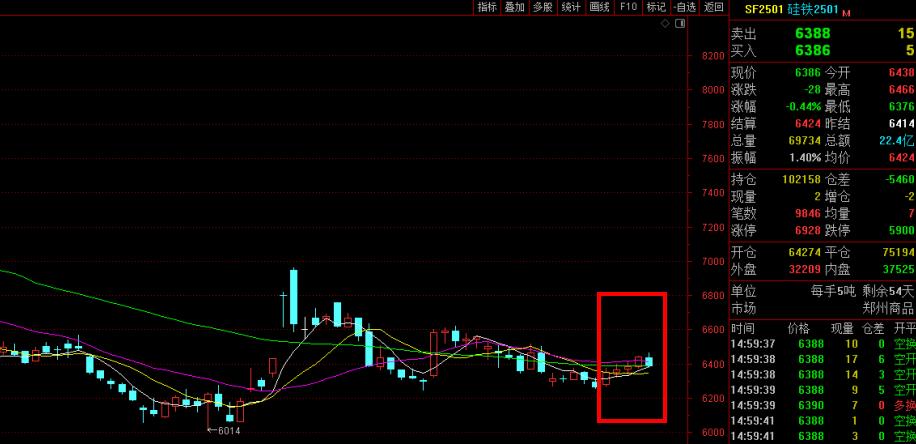[ferro-alloys.com] India stands to revert to being a net importer of finished steel products for fiscal 2018-19, ending two straight years as a net exporter in spite of stricter tariff and non-tariff regimes, several market participants told S&P Global Platts, backed by current data trends.
This reversal is likely despite robust February exports and a proactive stance against imports being sought by India's steel fraternity. India's fiscal year starts April 1 and ends March 31.
Provisional data from the country's Joint Plant Committee showed that from April 2018 to February 2019, India's overall finished steel imports stood at 7.13 million mt, up 1.9% while exports amounted to 5.77 million mt, down 35% on the year.
India's exports of steel overshot imports in only two of the 11 months of 2018-19, with higher exports seen in February 2019 and August 2018 at 0.6 million mt and 0.7 million mt, respectively.
While the contribution of finished non-alloy flat steel was about 70% of the imports, the same product stood at 75% in the case of exports for the 11 months.
JPC's data showed that, while imports have been more or less range bound over the past two years (fiscal 2016-17 and 2017-2018), exports have been hit by a lack of shipments from the secondary sector, comprising a segment of standalone re-rollers which have literally been mostly wiped out from the market.
The few re-rollers to have survived a debt crisis and higher raw material costs succumbed to tariffs to the tune of 25% imposed by the US in March 2018 and quota-based safeguard duties applied by the EU in July 2018, rendering them unable to export.
In addition, Indian mills have often focused on the domestic market at the expense of export markets, given that average spreads between domestic and export prices are to the tune of $50-60/mt in India. This is further supported by Platts data whereby a 23% decrease in Indian spot shipments was noticed in 2018 over 2017.
In the case of hot-rolled coil, Platts proprietary data corroborates the higher export offers heard for February and August shipment. While 31 offers of Indian-origin SAE1006 material were heard for February shipment for the Southeast Asia region at an average price of $487/mt, the figure for August stood at 26 for $610/mt CFR Vietnam. Platts also reported five deals for more than 55,000 mt of HRC to the region for August shipment and five deals of more than 100,000 mt for February shipment.
Mill sources have told Platts that the consistent level of imports, in spite of several trade actions being imposed by India, is befuddling. Also, Indian mills were concerned that countries affected by US Section 232 tariffs may have diverted their surpluses to India.
For instance, exports from South Korea, Japan and Russia to the US fell by 26%, 20% and 18% respectively from 2017 to 2018, data from the US International Trade Administration showed.
Amid the lower exports to the US, JPC's data showed that South Korea's and Japan's share of steel exports to India increased from April 2018 to February 2019 while China's fell year on year. Non-alloy finished steel imports from South Korea amounted to 2.34 million mt, up 18% from 1.98 million mt, and from Japan at 891,000 mt, 8.3% higher from 823,000 mt, while imports from China stood at 651,000 mt, down 29% from 921,000 mt.
India's steel ministry said in a February report that there has been a relative year-on-year change in the import share of South Korea (37%), China (20%), Japan (17%) from April 2018 to February 2019.
(S&P Global Platts)
- [Editor:王可]



 Save
Save Print
Print Daily News
Daily News Research
Research Magazine
Magazine Company Database
Company Database Customized Database
Customized Database Conferences
Conferences Advertisement
Advertisement Trade
Trade


















Tell Us What You Think